
POSTACIE Courageous and politically incorrect women
Courageous and politically incorrect women

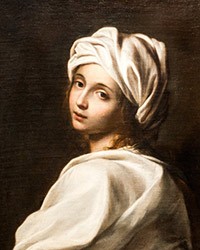
Beatrice Cenci (1577–1599) – a patricide absolved by Romans, commemorated by the city

Fillide Melandroni (1581–1618) – niejednoznaczny portret znanej rzymskiej kurtyzany
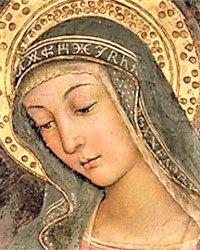
Giulia Farnese Orsini – black-eyed ad black-haired papal mistress
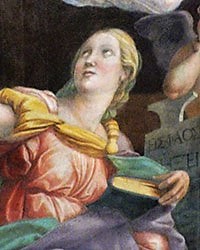
Imperia Cognati - the most famous courtesan of Renaissance Rome
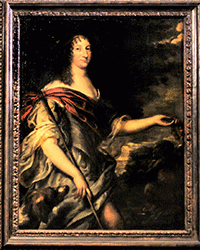
Christina of Sweden (1626–1689) – a significant, yet cumbersome papal guest
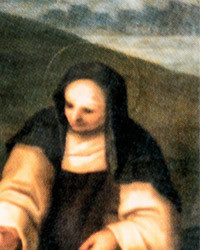
Marcella (approx. 325–410) – a curious erudite from Aventine Hill
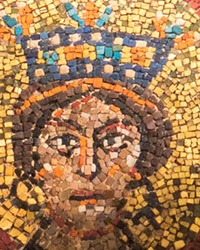
Marozia (892? – 936?) – „beautiful as a goddess and fiery as a wench”
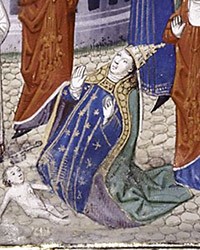
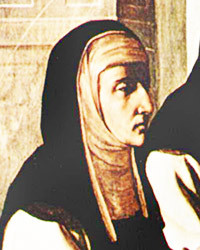
Paula of Rome (347–404) – an example of womanly virtues
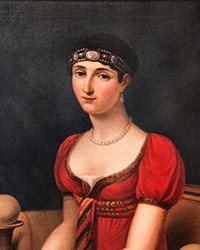
Pauline Borghese (1780–1825) – a French provocateur in the papal chapel
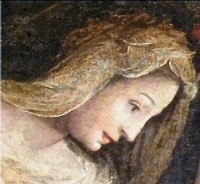
Silvia Ruffini (approx. 1475–1561) – a lonely, quiet widow, with a group of a cardinal’s children
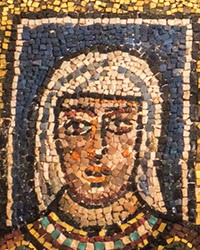
Theodora the Elder (? – 928?) – a prostitute or a woman of „truly manly strength”?
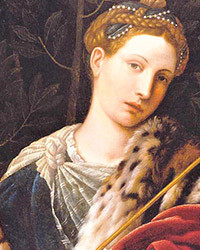
Tullia d’Aragona (1508? – 1556) – the queen of literary salons
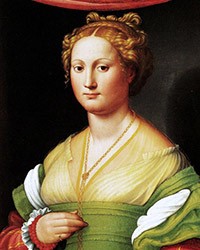
Vanozza Cattanei (1442–1518) – the unofficial wife of the pope and the official mother of his children
Zgodnie z art. 13 ust. 1 i ust. 2 rozporządzenia Parlamentu Europejskiego i Rady (UE) 2016/679 z 27 kwietnia 2016 r. w sprawie ochrony osób fizycznych w związku z przetwarzaniem danych osobowych i w sprawie swobodnego przepływu takich danych oraz uchylenia dyrektywy 95/46/WE (RODO), informujemy, że Administratorem Pani/Pana danych osobowych jest firma: Econ-sk GmbH, Billbrookdeich 103, 22113 Hamburg, Niemcy
Przetwarzanie Pani/Pana danych osobowych będzie się odbywać na podstawie art. 6 RODO i w celu marketingowym Administrator powołuje się na prawnie uzasadniony interes, którym jest zbieranie danych statystycznych i analizowanie ruchu na stronie internetowej. Podanie danych osobowych na stronie internetowej http://roma-nonpertutti.com/ jest dobrowolne.